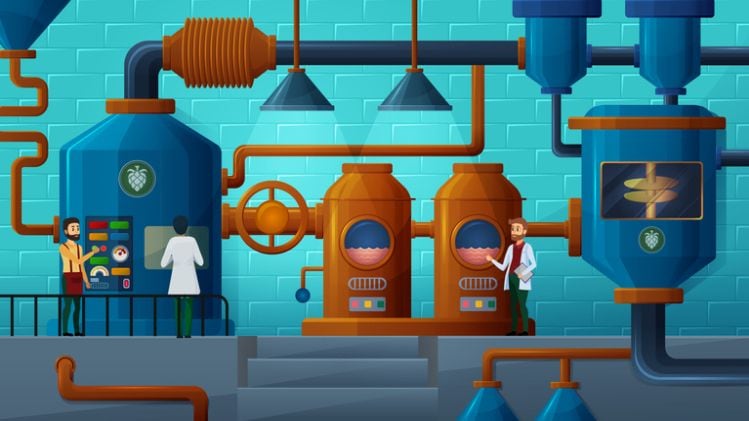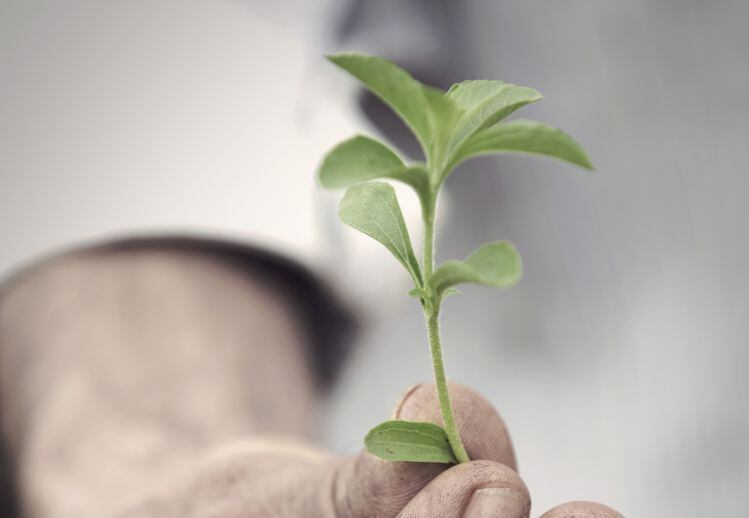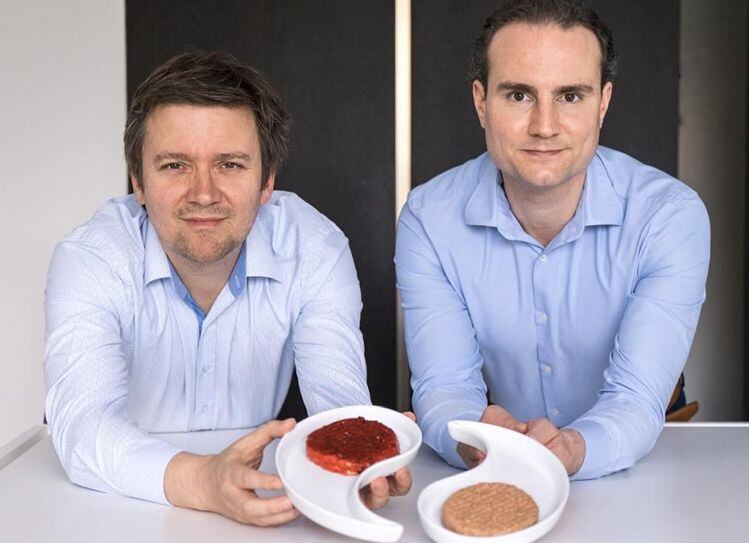Under the partnership, Infinome will deploy its ‘GenoScaler’ CRISPR-enabled strain engineering platform to develop microbial strains that can produce high-value ingredients for Kalsec from nutraceuticals to antioxidants, colors and flavors.
“Biotransformation became a major innovation platform for Kalsec several years back,” said Nahas. “And that's not just precision fermentation. There is traditional biomass fermentation, as well as biocatalysis using enzymes. We see these as tools to get more out of nature that supplement and complement what we’re doing where traditional farming and green extraction don’t make sense.”
Precision fermentation is not new, he noted (it's used to make everything from enzymes, flavors, sweeteners and colors to 'animal-free' egg, dairy and collagen proteins), “but CRISPR [gene editing] technology has accelerated the development cycle by maybe three- to five-fold and so the cost has improved, which is something the entire industry has benefited from.”
As for customers, he said, while some are only interested in ingredients that come directly from a plant source, others are increasingly open to using fermentation to produce nature identical ingredients more sustainably (no pesticides, lower environmental footprint), efficiently and reliably (you get a consistent product every time regardless of weather, political instability, global pandemics etc).
“I think the more disruption we have in terms of climate change, in terms of disruption of farming operations and supply chain, the more people are willing to give precision fermentation a chance. And when you look at the lifecycle assessment data, and you look at how much energy and water and land it takes to grow a plant and just extract 0.1% out of it [to create a color, flavor, or bioactive], the difference [in environmental impact] is huge.”
‘The more disruption we have in terms of climate change in terms of disruption of farming operations and supply chain, the more people are willing to give precision fermentation a chance’
So as a rough guide, when does it make sense to engineer a microbial host to produce a targeted substance, rather than extracting it from a leaf, or a berry, for example?
According to Nahas, “We target somewhere between one and five pennies per pound of food as a rule of thumb, so we don't want to be off that by an order of magnitude. And if we're not meeting those criteria [using traditional botanical extraction methods], we're going to have to look [for alternative production methods] elsewhere.”
In the collaboration with Infinome, he said, “We're in the early stages of the collaboration, but we have an active project we're committed to and many others going through different stages of evaluation.
“We’re primarily interested in novel disruptive ingredients that would solve an industry problem, and we have some select targets that we can’t get from plants today either because we haven't found them yet or because they're present at such a low amount, that if we were to extract them, they would not be sustainable for use as a food ingredient.
“But we’re also looking at how we can make existing natural ingredients at a more efficient cost and have a more reliable, steady supply.”
Candidate compounds will go through an evaluation process whereby Kalsec will first run a proof of concept (does this microorganism produce the target substance?) followed by rounds and rounds of evolution ('directed evolution') to maximize the titer (production rate) and an assessment of downstream processing.
“And then we go back and prioritize based on the ones that have the biggest return and also that would have the shortest pathway for regulatory approval and consumer acceptance.”
Feedstocks and efficiency
As for feedstocks (what the microbes eat), he said, “Our goal is to convert as much carbon from the source into the finished product to maximize the energy conversion.”
While right now the carbon source for ingredients produced via precision fermentation is generally purified sugars, he noted, “These are high-end, specialty ingredients and so the volumes we would be needing and the scale is not going to be comparable to a commodity protein or oil made with precision fermentation, for example.”
And while it takes land and water and energy to make the sugars used as feedstock for a fermentation process, he noted, it takes a lot more to grow acres of plants that only produce trace quantities of a color, sweetener, or flavor for example.
“Our reference point is going to be how much energy and water and land it is going to take to grow a plant and just extract 0.1% out of it, but as a B Corp we’re also motivated by maximizing the value of side streams such as cellulose and other sources [of sugars as feedstocks].
“But first, we want to just prove the concept and show we can convert widely available, cost-efficient, safe, starting materials into a high value-added product, and then beyond that point, we'll constantly look for ways to improve the sustainability value as well as the functionality and the costs.”

Precision fermentation refers to the production of high-value food ingredients - from flavors, colors, enzymes, and sweeteners to 'animal-free' dairy, egg, and collagen proteins - using microbes such as yeast, bacteria and fungi as microscopic food factories.
In some cases they are enabling the commercial production of compounds found in such low levels in nature that it is unsustainable or prohibitively expensive to extract them from plants.
In other cases, precision fermentation is deployed for ethical, sustainability, or economic reasons to produce substances historically made by animals.
Chymosin, for example, is an enzyme widely used in cheese making that used to be sourced from calf stomachs and is now routinely made by genetically engineered microbes. Other examples include 'animal-free' whey protein produced by a genetically engineered fungi strain instead of cows in a process with a dramatically lower environmental footprint.
The limits of precision fermentation
But can you match the complexity of plant extracts using fermentation/synthetic biology?
It depends what you’re trying to do, said Nahas. If you’re making a molecule such as Reb M, for example, it can be more efficient than a plant as a production vehicle, but if you're trying to match a complex plant extract that contains scores of components, you have to decide which ones are the most important.
“Precision fermentation will help us a lot in terms of consistency, standardization, control of undesirable qualities. At the same time, you will miss out on the unique complexity of some natural extracts [if you try and make everything in a fermentation tank, which is why some companies are looking at plant cell culture, for example] as these compounds can work synergistically together and offer one plus one is three, and so that part will be missing.”
The GMO factor
Asked about the GMO factor, Kalsec is targeting compounds “where you're not going to detect any trace” of modified DNA from the host microorganism in the final product, said Nahas, which means they will not trigger a bioengineered label in the US, although they may not fall within the scope of Non GMO Project verified standards given that the production microbes are genetically engineered.
Labeling will depend on the ingredient, he said, noting that there are several natural ingredients already on the market that are produced via precision fermentation. In the stevia market, for example, you can call Reb M extracted from the leaf ‘stevia leaf extract’ whereas Reb M produced in a fermentation tank might be listed as ‘Reb M’ or ‘steviol glycoside.’ Several ingredients produced via fermentation may also be listed as ‘natural flavor.’




